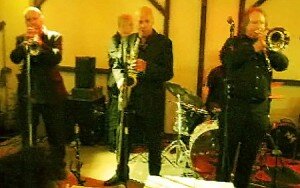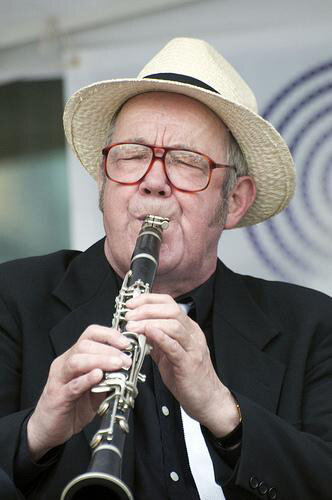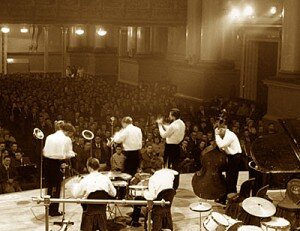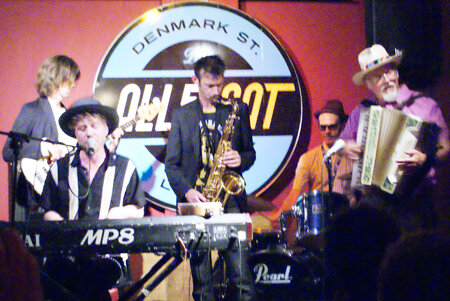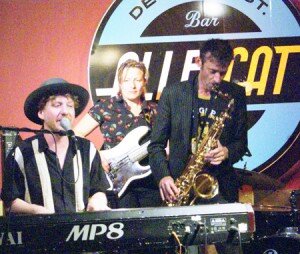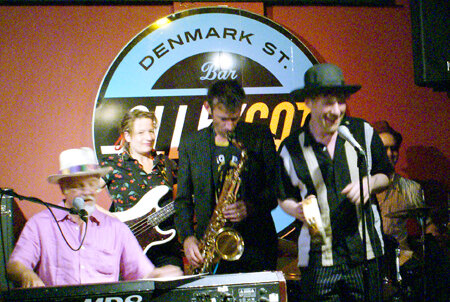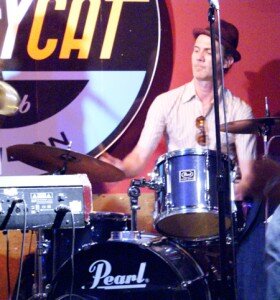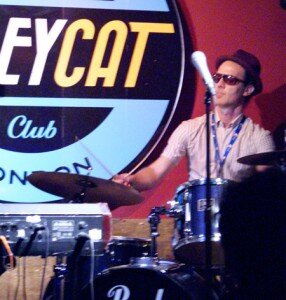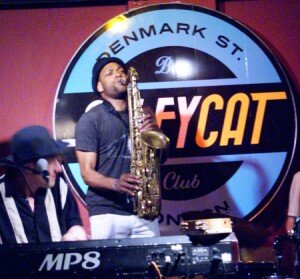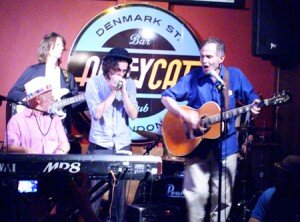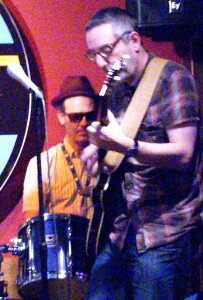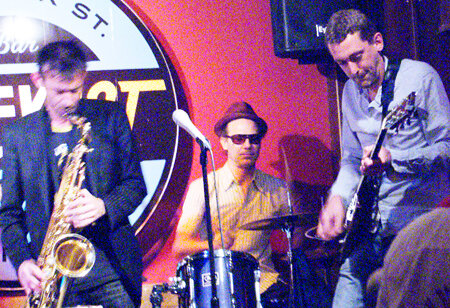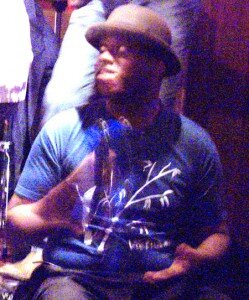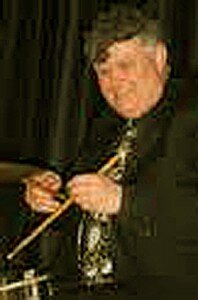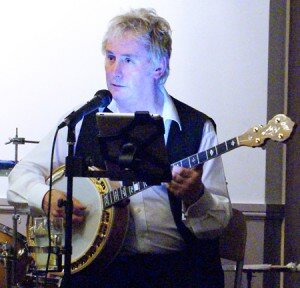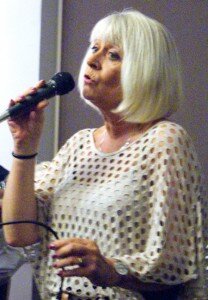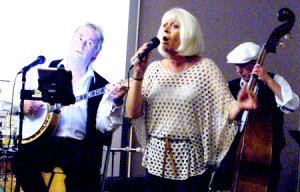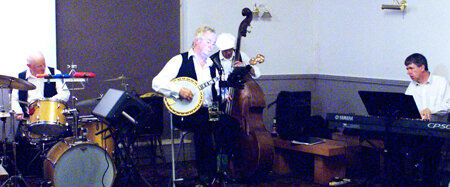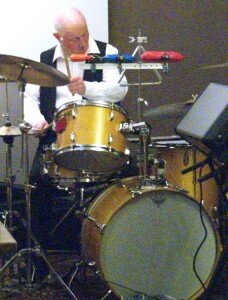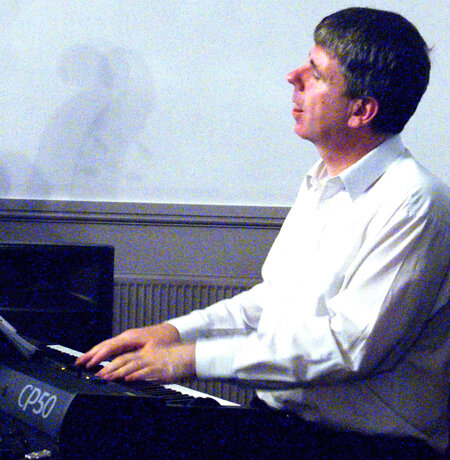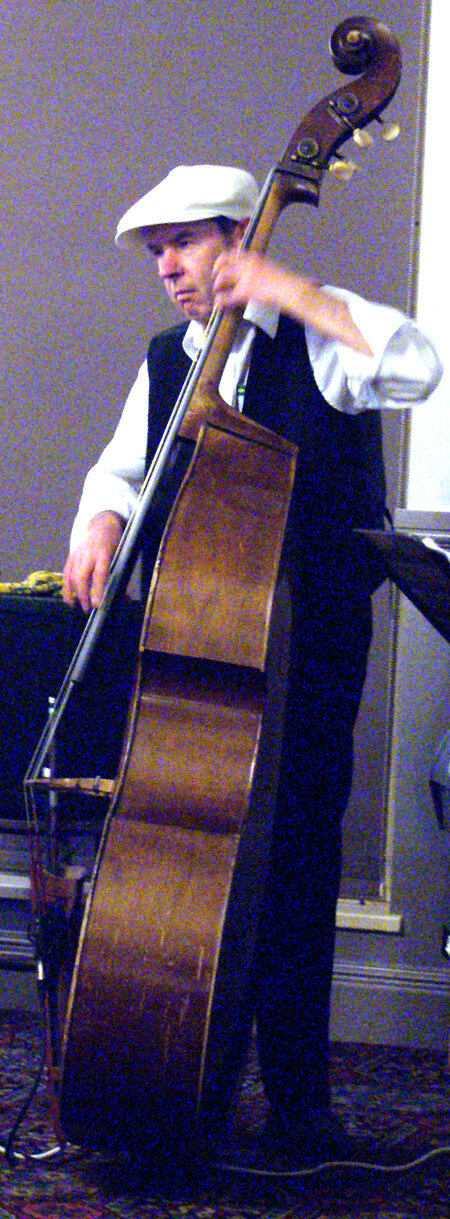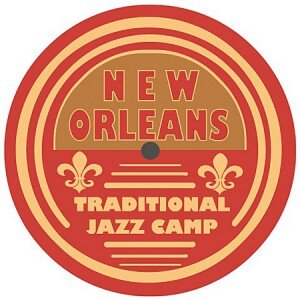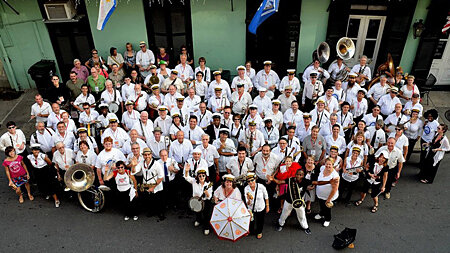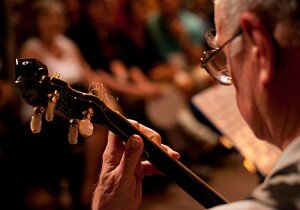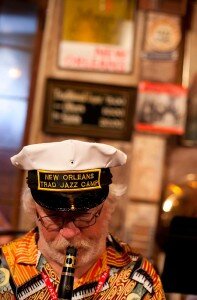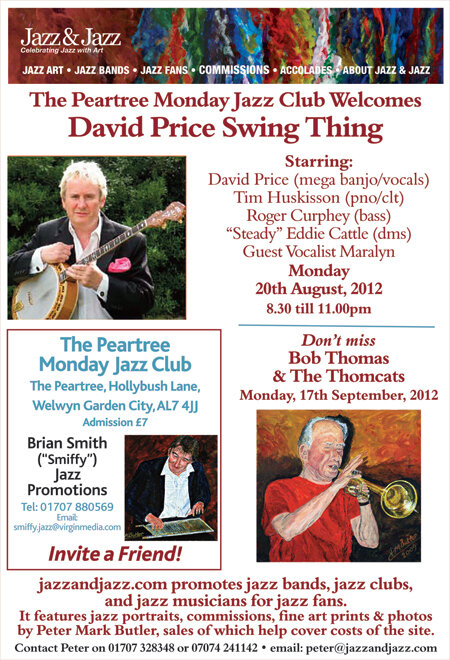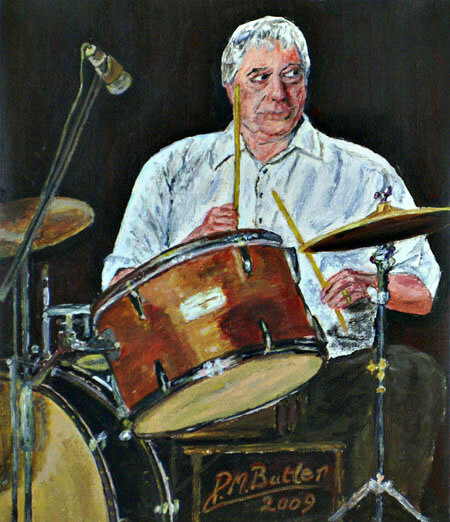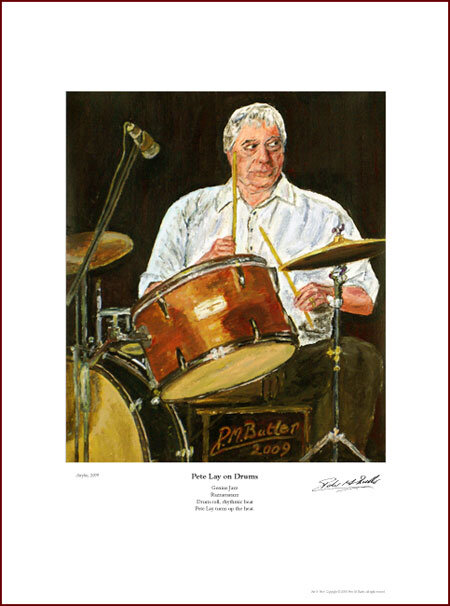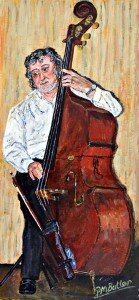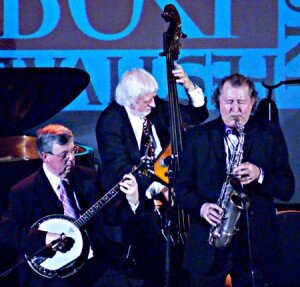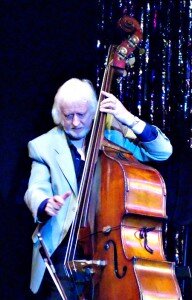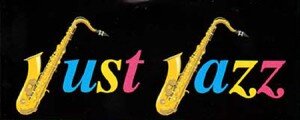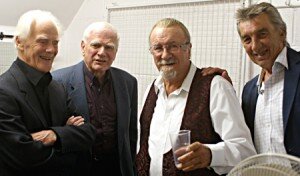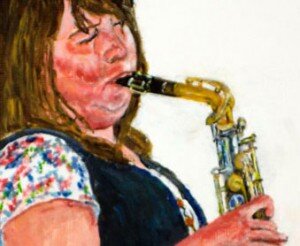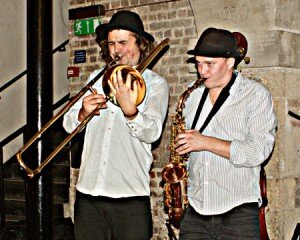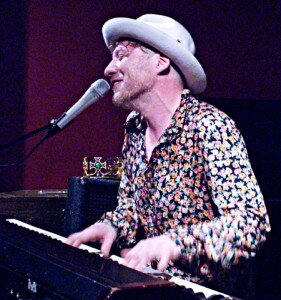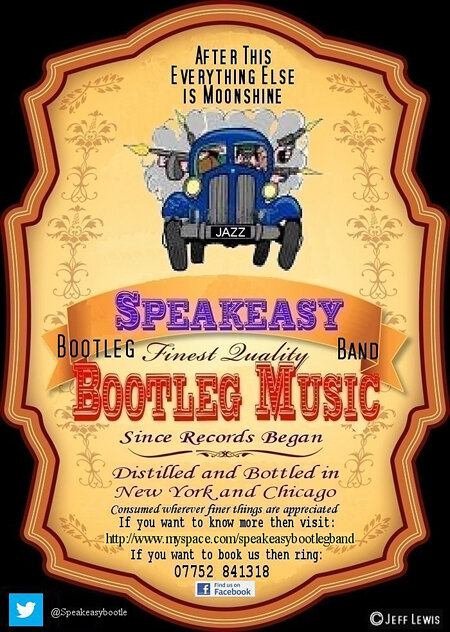 Liverpooljazz has joined forces with Mersey Ferries Riverboat Shuffle Music Festival to launch a special cruise marking the 50th anniversary of The Beatles on the famous Mersey Ferry boats. In 1961 The Beatles were the support act for Acker Bilk’s Paramount Jazz Band and their last Riverboat shuffle performance in 1962 was on the Royal Iris.
Liverpooljazz has joined forces with Mersey Ferries Riverboat Shuffle Music Festival to launch a special cruise marking the 50th anniversary of The Beatles on the famous Mersey Ferry boats. In 1961 The Beatles were the support act for Acker Bilk’s Paramount Jazz Band and their last Riverboat shuffle performance in 1962 was on the Royal Iris.
Liverpool Jazz will be represented by The Speakeasy Bootleg Band, purveyors of the “Finest Quality Bootleg Music since records began… distilled & bottled in New York and Chicago, but consumed wherever finer things are appreciated.” SBB play a heady mix of jive and Harlem swing, the music of the Cotton Club and Birdland, the illegal drinking haunts of prohibition Chicago and countless rent parties … but with a modern “electro” edge, driving bass, explosive drums and witty vocals.
This is the music of Louis Armstrong, Duke Ellington, Louis Jordan, Cab Calloway, Fats Weller, Dizzy Gillespie, Thelonius Monk and Art Blakeley, the music which drove Tin Pan Alley and created the Great American Songbook. Led by the exuberant Jeff Lewis, The Speakeasy musicians have a ball wherever they play ensuring their audiences do too. So SBB is the ideal band for people who don’t like jazz– until they’ve heard it that is! And the perfect antidote to all things serious! Good time, easy listening, toe tapping stuff. After this, everything else is moonshine!
Numbers are strictly limited so BOOK NOW to see SSB at the River Boat Shuffle Music Festival.
Otherwise ring:07752 841318 or email: [email protected] to book the band – you won’t be disappointed.
Find SSB on Facebook: Speakeasy Bootleg Band OR tweet: Twitter @speakeasybootleg. And on YouTube.
(Photos courtesy of Speakeasy Bootleg Band)
